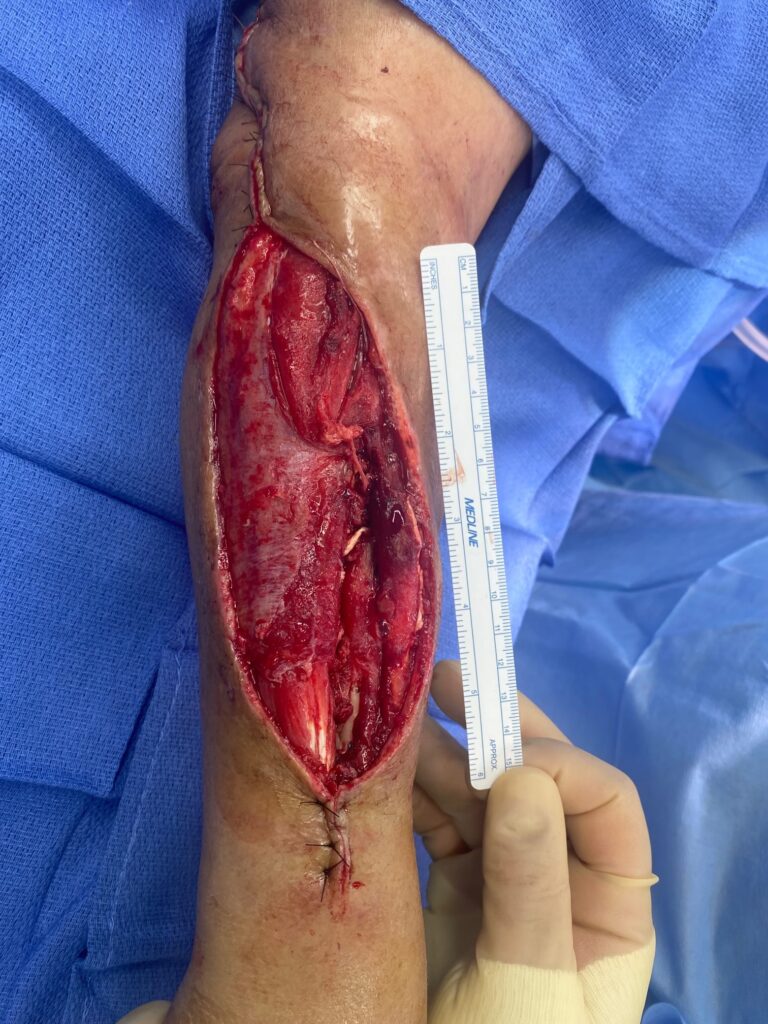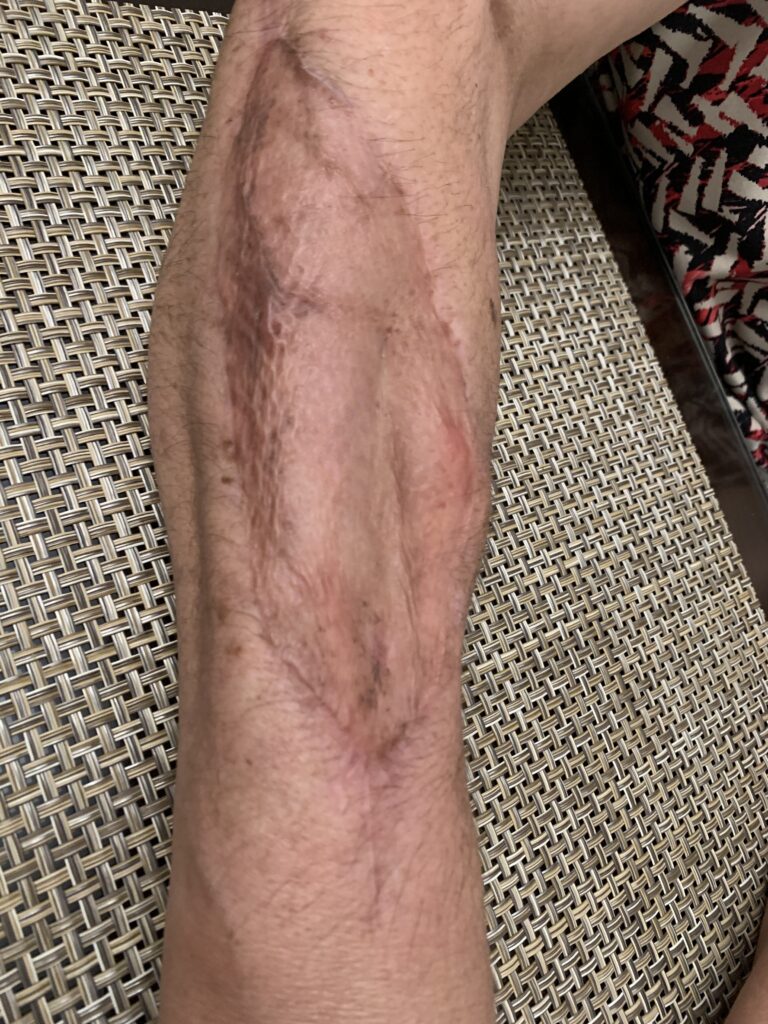SCHEDULE YOUR FREE
CASE EVALUATION
UTV/ATV Amputations, Fires, and Catastrophic Injuries
In the past 15 to 20 years, the sales of UTVs or Side by Sides have skyrocketed. In the race to win the marketplace, safety and common sense have lost. The industry, including Polaris and Cam Am, avoided stronger regulations by adopting their own minimum standards via an organization they control called ROHVA.



Arm/Hand Injuries and Amputations
Hundreds of UTV users have lost or injured their arms in rollover injuries. Many were at slow speeds and the vehicles rolled on the left or right side. Despite having patents or selling nets, most manufacturers do not provide nets as a standard feature. The result is emergency rooms that struggle to keep UTV users from losing their limbs.
Kristensen Law Group has litigated eight cases against Polaris and Can Am involving arm injuries from rollovers. For more details about cases involving arm injuries in UTV vehicles, click here.


Fires
Polaris vehicles have been plagued with fires, including while being operated. In fact, Polaris has issued 20 fire-related recalls for their UTVs. On April 2, 2018, Polaris paid a $27.25 million settlement because it withheld information about injuries related to fires in their UTVs from the government. Kristensen Law Group has litigated fire cases against Polaris, and is currently litigating a case Colangelo in New York State.
For more details about the Polaris Fire Recalls, and to see if your vehicle may be affected, click here.
Roll Cage Defects
UTVs like most of the Polaris RZRs and Rangers adopted an early 1970s farm tractor standard as a minimum standard for the strength of their roll cages. The roll cages are also called ROPS for rollover protection system. The industry through ROHVA adopted the OSHA standard instead of the stronger roof crush test used with automobiles called FMVSS 216. A Kia Neon is tested at three times its gross vehicle weight. That was too much protection for the industry. What is worse, companies that claim to use the OSHA standard, do not even use it. Read here for the Order from United States District Judge John Mendez in his Order denying a Motion by Honda that sought approval of using just the gross vehicle weight instead of the higher horsepower ratio to test the strength of the roll cages.
Contact Our UTV/ATV Accident Lawyers Today
John Kristensen is one of the lead counsel in the certified class action against Polaris that is set for trial in 2025 in Los Angeles, California. Plaintiffs contend that Polaris did not apply the correct OSHA standard which required testing the roll cages using the greater of the Horse Power Ratio (HP Ratio) and the Gross Vehicle Weight. The HP Ratio is always greater, but Polaris and Honda never use it. The manufacturers Defendants were required under 28 § 1928.51(a) to compare their vehicle’s gross vehicle weight with 110 pounds times 95 percent of the net engine flywheel horsepower and to use the greater value in their ROPS tests. They went with the lower gross vehicle weight. No wonder so many people purchase after-market ROPS.

